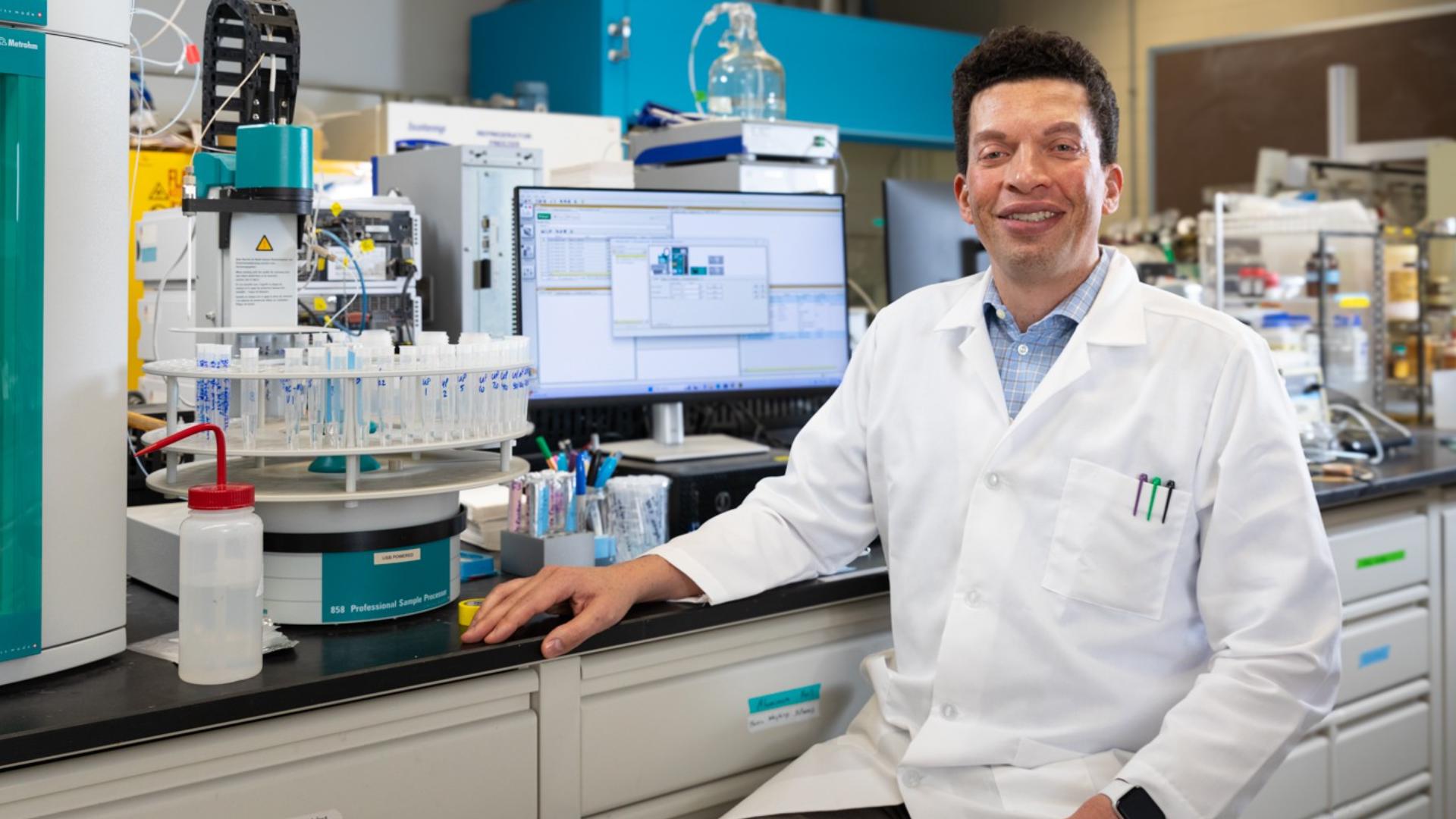FAYETTEVILLE, Ark. — An international team of researchers from the United States and Switzerland has identified a previously unknown compound found in chloraminated drinking water.
According to a University of Arkansas press release, inorganic chloramines are commonly used to disinfect drinking water to safeguard public health from diseases like cholera and typhoid fever. Civil engineer Dr. Julian Fairey has researched drinking water disinfectant chemistry and says more than 113 million people in the United States alone drink chloraminated water.
"I've always been interested in things that could impact human health, public health. And so, you know, our water is something that's always changing," Dr. Fairey said.
Dr. Fairey explained that since the 80s, researchers couldn't identify a byproduct of chloramine disinfectant decomposing. But, through 10 years of studies of nitrosamines, compounds that Dr. Fairey says are probable carcinogens in humans, he and his colleagues solved the nearly 40-year mystery.
"What this discovery is we show this unidentified product was chloronitramide anion, which is this sort of interesting molecule that has a small molecular weight. It has a nitro group, which means it's a potential contact, explosive," Dr. Fairey explained. "It has a similar structure to these nitrosamines, things that that we know to exert some toxicity in drinking water. And so, the structure is concerning. It's present at relatively high concentration, so it's certainly worth assessing its toxicity, and those are the types of studies we're undertaking now."
Chloronitramide anion is expressed as Cl–N–NO2−. Dr. Fairey explained that the issue impacts a third of the U.S., Australia, Canada, France, and Italy who use chloramine to disinfect drinking water. He says that bladder and kidney cancers, as well as increased risk of miscarriage, have been associated with disinfecting drinking water but expressed "the specific toxicity of any individual drinking water, micropollutant is really not a known certainty."
While toxicity studies are being done, he offers advice for anyone concerned with any potential adverse effects.
"Brita filters, or something like this, could remove this compound from drinking water. So, people that are concerned, might want to use a home water filter or something like that. So that's a short-term fix if this compound proves to exert toxicity at the concentrations that it forms in chloraminated waters. You know that that's going to be a moment of reflection for chloramine systems," Dr. Fairey said.
Dr. Fairey does add that before chloramine, water authorities used free chlorine or chlorine to treat water but that it reacts with organic material that's naturally occurring in water to form other groups of disinfection byproducts that the United States Environmental Protection Agency regulates.
"If systems that currently use chloramines need to switch back to free chlorine, it would subsequently have to remove or enhance removal of that organic material that's in our water. It's certainly possible to do, you can do it with activated carbon or membranes. It's just expensive," he explained.
Dr. Julian Fairey was the first co-author of the paper published in Science. According to their press release, joining Dr. Fairey as co-authors on the paper are Juliana Laszakovits, Huong Pham, Thien Do, Samuel Hodges, Kristopher McNeill, and David Wahman. Pham, Do and Hodges are all former Ph.D. students at the University of Arkansas who contributed to this research in Fairey’s lab.
Watch 5NEWS on YouTube.
Download the 5NEWS app on your smartphone:
Stream 5NEWS 24/7 on the 5+ app: How to watch the 5+ app on your streaming device
To report a typo or grammatical error, please email KFSMDigitalTeam@tegna.com and detail which story you're referring to.

